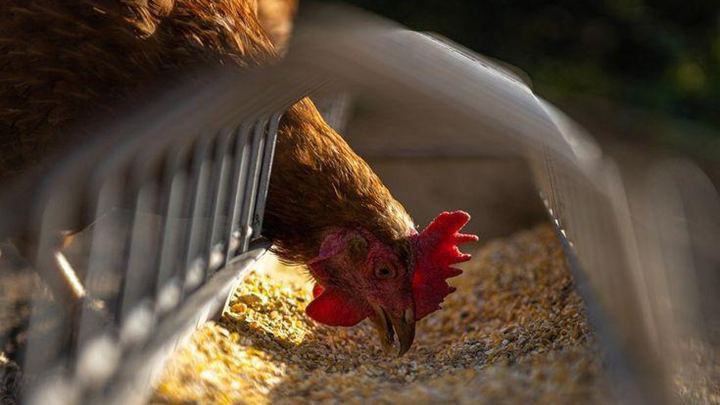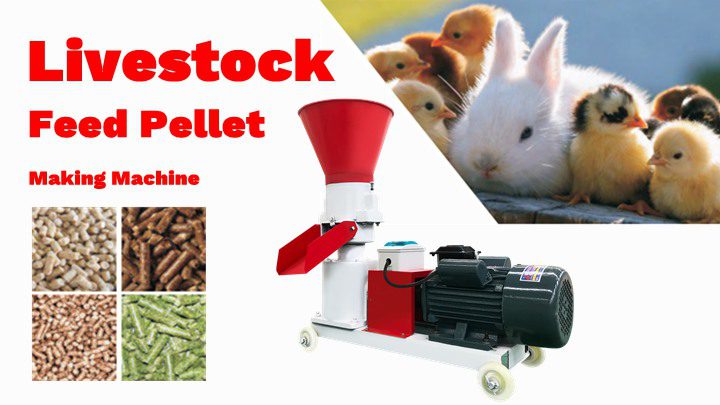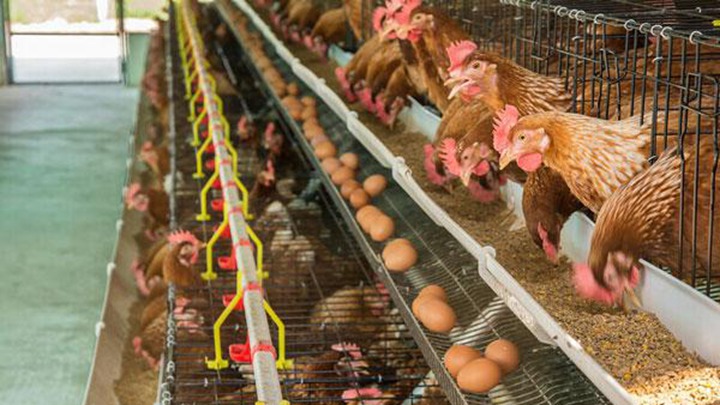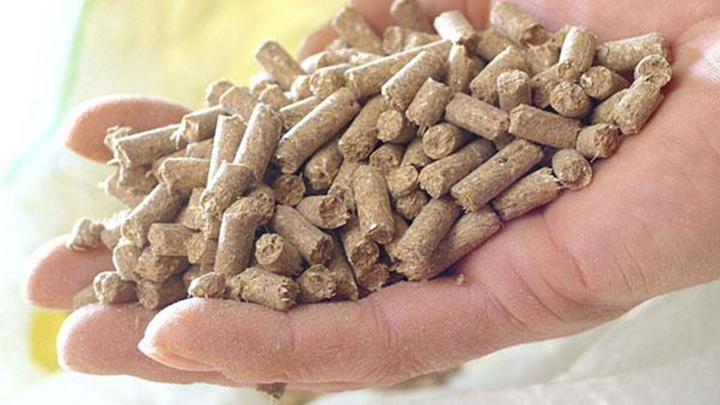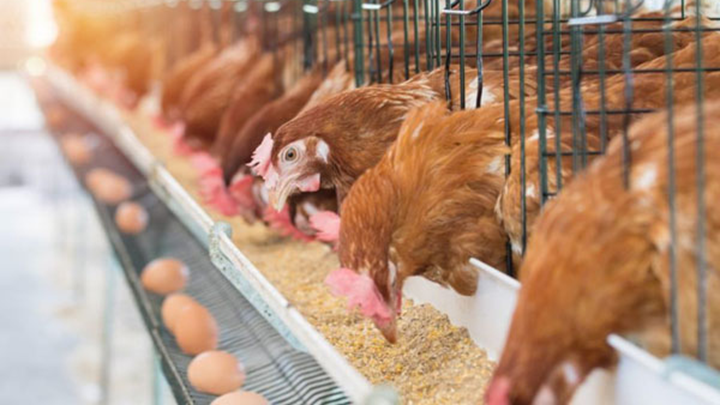The statistics don’t deceive, especially in the poultry feed market. According to the Global Poultry Feed Market, reports forecast a 3.37% increase in poultry feed products by 2030.
That can mean only one thing: the price of raw materials will rise—commercial companies will charge more—but the other advantage of knowing how to make chicken feed is that you don’t have to stress about the quality standards companies are trying to push.
That’s the core difference between homemade and commercial chicken feed – Trust!
When you know how to make chicken feed at home, you can also save more money and enjoy incredible health benefits for your chicken. A secret every highly profitable poultry farmer knows.
As you read this blog, you’ll understand how to make your chicken feed, a skill you don’t want to pass up as a poultry farmer. You’ll also learn some powerful secrets for saving more money at a poultry farm.
With the right knowledge, you never have to worry about poor egg yield, disease, or even the death of your chicken.
Why You Should Make Your Chicken Feed?
There are many reasons to consider when you are making your chicken feed. Below are a few of the most important ones.
Cost-Saving Benefits
Moving from commercial purchases to producing your feed can save you money. For a poultry farmer with large flocks, buying your raw materials in bulk would help you generate more ROI (return on investment).
Improved Feed Quality and Control
One of the fears associated with commercial feeds is the need to vet their production formula.
Feed manufacturers add fillers or low-quality grains to increase their feed quantity.
But every time you decide to produce your chicken feed at home, you’re sure what goes into it.
Doing it yourself increases the chances of your chicken getting the necessary nutrients.
Streamlining Feed Production
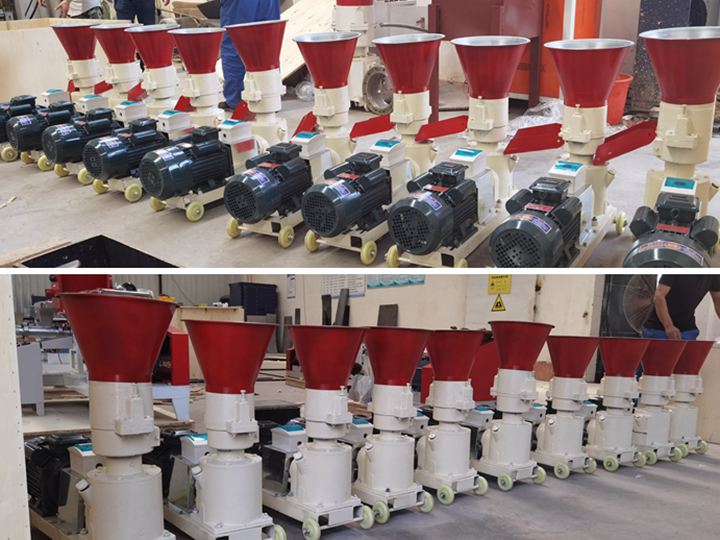
The Lima Poultry Feed Pelletizer allows you to take the raw ingredients you’ve sourced—whether it’s grains, vegetables, or other protein sources—and turn them into uniform pellets. These pellets are more digestible for chickens compared to loose ingredients, ensuring that they absorb all the nutrients needed for healthy growth and egg production.
Consistent Fresh Chicken Feeds
One disadvantage of commercial feeds is that they remain on the warehouse shelves long before they are distributed, losing much of their nutritional value.
On the other hand, producing your feed at home means the feed stays fresher. Fresh feed can make a massive difference to your chicken’s health, yielding more eggs and money.
Increased Knowledge and Skill
Experience is said to be the best teacher, and this also applies to managing and producing your chicken feeds.
Poultry farmers who spend more time producing their own feeds will be more equipped than those who simply run to the counter. Accurate knowledge prepares you to tackle any issue concerning your bird’s health and diet.
Boosting Productivity at Home
While making chicken feed at home can be an incredibly cost-saving practice, the Lima Poultry Feed Pelletizer can take it to the next level. By increasing the speed and efficiency of feed production, you can save time and effort, allowing you to focus on other areas of your farm or homestead. Whether you’re running a small backyard farm or a larger poultry operation, this machine helps make homemade feed production easier and more scalable.
What are the Key Ingredients for Making Chicken Feed?
Poultry farmers understand the key ingredients required for making chicken feed. Chickens need a balanced diet, which requires various nutritional components.
The following are vital ingredients to note for your chicken’s feed.
Carbohydrate Source Ingredient
These ingredients are the primary source of energy for your chicken. They are mostly grain and are required in large quantities. They simply help to boost your bird’s growth and activities daily.
Some examples are:
- Whole Maize
- Barley
- Oats
Protein Source Ingredient
They primarily serve as building blocks for your broilers and layers, ensuring they have the right amount of amino acids required for growth.
Some examples include:
- Pea Protein
- Fish Meal
- Soybean Meal
Mineral Source Ingredient
It is also very important to supply your chicken with mineral ingredients to promote strong bones and quality egg production. This nutrient is usually found in most grains and protein crops.
- Calcium Carbonate
- Zinc Sulfate
- Dicalcium Phosphate
Vitamin Source Ingredient
Lastly, you want to include your vitamins. These are also essential for your chicken’s diet. They allow your chicken to develop strong and healthy bones and lay more giant eggs for you.
Here are a few:
- Vitamin A
- Vitamin D3
- Vitamin E
- Vitamin K
Making Chicken Feed For Broilers and Layers
Producing your chicken feed requires you to consider the type of chicken you are making it for. Broilers, for example, are raised for food purposes, which means their diet would differ from that of the Layers reared for egg production.
This section will show you what you need to know to make specialized feeds for your broilers and layers.
Chicken Feed Requirement for Broilers
One of the broilers’ critical qualities is their rapid growth; therefore, every diet administered must boost their growth rate.
Large Protein Content
For maximum muscle and cell growth for your broiler, their protein levels must be 20 to 24 percent.
Contain Essential Vitamins
Vitamins boost the immunity of your broilers, ensuring they are constantly accessible from diseases.
Adequate Fibre Levels
Unlike the layers, broilers don’t require a large amount of fiber. However, having a considerable amount can improve their digestive and gut functions.
Chicken Feed Requirement for Layers
Here’s what you need to know about making feeds for your layers:
High Calcium Carbonate Content
3-4% calcium levels are required to improve your layer’s eggshell formation and bone health.
Adequate Protein Levels
Due to their physiological needs and growth patterns, your layers do not require high levels of protein as much as broilers. A considerable amount of 16-18% is sufficient for your layers.
Reduced Fat Contents
Layers require low-fat content simply because they are less active, ensuring they stay off the risk of obesity.
Step-by-Step Process on How to Make Chicken Feed at Home
Step One: Know Your Chicken Nutritional Needs
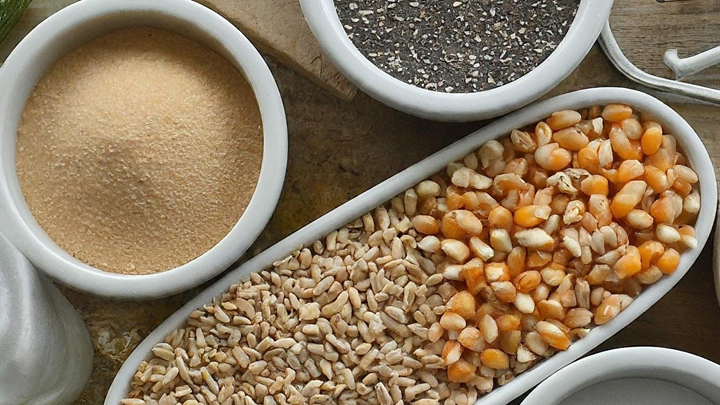
Take some time to sort out the ingredients you’ll need for your chicken, whether it’s a broiler or layer. Also, when purchasing your ingredients, look for the best nutrients.
Step Two: Select the Best Ingredient
You must make sure that you choose the ingredients depending on the chicken kind.
You should also be careful when purchasing fresh ingredients, as bad ingredients will produce poor output.
Step Three: Prepare Your Ingredient Properly
This step is also dependent on your chicken’s age, breed, and type (broiler or laying hen, etc.). Based on the quantity you’re making, determine the measurement and ratio of your ingredients.
Step Four: Grind and Mixing
You can use a chicken feed grinder to blend all your ingredients until they are uniformly smooth. This reduces your chicken’s digestion problem.
Step Five: Proper Storage
Using an airtight container to preserve your chicken feed is the best decision because it keeps pests away and the feed dry.
Step Six: Monitor and Adjust
After nutrition, monitoring the health of your chicken is the next step to take, to keep track of your chicken growth rate.
5 Cost-Saving Tips for Homemade Chicken Feed
Ensure Optimal Nutrition
Cutting corners with excessively cheap feed that lacks essential nutrients for your chickens will surely make you spend more. Doing this will ultimately lead to poor egg production and cost you losses in the long run.
Proper Record Keeping
Poultry farmers with detailed and proper feed consumption records have a higher chance of increased performance. They can monitor and identify patterns more closely, making more informed, data-driven decisions that improve yield.
Growing Your Food Sources
The advantages of cultivating your grains and seeds cannot be overstated. Chickens can feed on several things that grow naturally. Owning a garden or a farm yard will undoubtedly reduce the cost of your chicken feed.
Regular Health Check
Remember that health is wealth, especially when it comes to poultry farming. Observing periodic health check-ups for your birds will reduce the cost of purchasing antibiotics or other costly treatments.
Buy Chicken Feeds in Bulk Quantity
Buying in bulk quantity rather than retail purchase will ensure you cut the cost to the bare minimum. For example, you can purchase all the ingredients needed for your poultry quarterly, depending on your income.
Conclusion
Poultry farmers who make chicken feed at home outperform the market and drive more sales and productivity.
Following this guide will ensure your chicken’s health and productivity and enhance your practical knowledge of poultry management.

